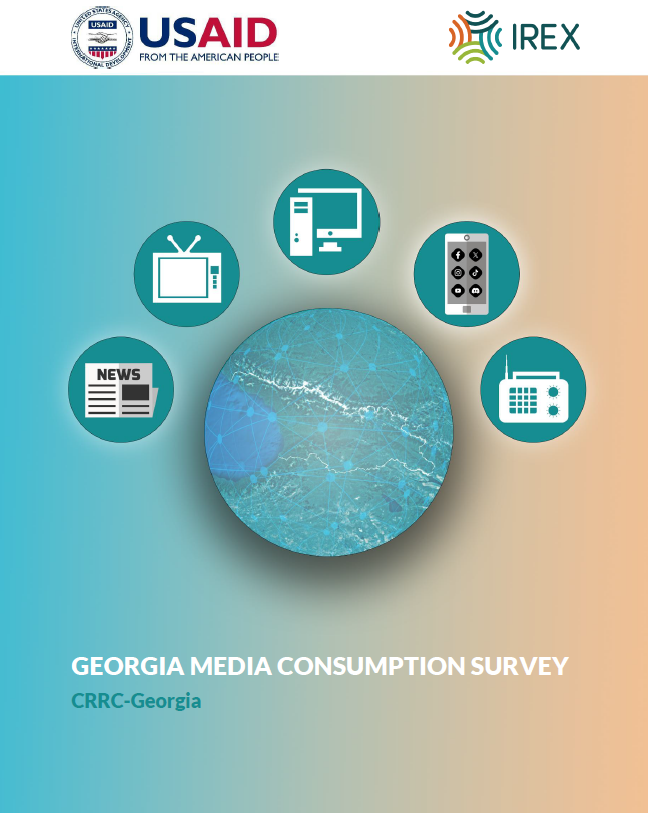The Merriam-Webster dictionary defines abortion as a “termination of a pregnancy after, accompanied by, resulting in, or closely followed by the death of the embryo or fetus.” According to the United Nations’ publication, World Abortion Policies, 2011, by 2009 roughly 97% of countries in the world had made abortion legal to save a woman’s life. The legal grounds and regulations on the issue of abortion vary from country to country. World Abortion Policies data from 2011 distinguishes seven main grounds for the permission of abortion: (1) to save a woman’s life, (2) to preserve a woman’s physical health, (3) to preserve a woman’s mental health, (4) in case of rape or incest, (5) because of fetal impairment, (6) for economic or social reasons, and (7) upon request.
The issue of abortion is complicated in Azerbaijan. Results from the Caucasus Barometer 2013 (CB) show that 36% of Azerbaijanis think that having an abortion can never be justified. This is lower than 62% of Georgians and 46% of Armenians who say the same. Notably, 20% of the population of Azerbaijan in 2013 did not know whether having an abortion should be justified or not, and 10% refused to answer – much higher number than in the other two countries.
According to the UN World Abortion Policies data from 2013, Azerbaijan has the lowest rate of abortion among the three South Caucasus Republics. The rate is 11.4 per thousand women aged 15-44, whereas it is 16.9 per thousand in Armenia and 26.5 per thousand in Georgia. The State Statistical Committee of Azerbaijan’s (AzStat) data shows similar results – 11.5 per thousand women aged 15-49 (in 2012). However, according to AzStat the abortion rate in Azerbaijan has been steadily rising from 7.8 per thousand in 2000 to 11.5 per thousand in 2012 (this increase can be partially attributed to better reporting procedures introduced in the 2000s, however, the anecdotal evidence still suggests that not all cases are registered and reported). Moreover, the highest percentage of women having an abortion is among those who are 25-29 years old and 30-34 years old (Figure 1).
Figure 1: Percentage of abortions among different age groups in Azerbaijan (2012).
Source: http://www.stat.gov.az/source/healthcare/indexen.php
Azerbaijan has the lowest abortion rate among the three South Caucasus Republics and it has the highest fertility rate. According to the World Abortion Policies 2013, Azerbaijan has 2.1 births per woman, followed by 1.7 births per woman in Armenia and 1.5 births per woman in Georgia.
When asked about the ideal number of children per family, about 22% of Azerbaijanis said “whatever number God will give us”, whereas in Armenia and Georgia 1% and 9%, respectively, said the same. Moreover, Azerbaijanis are more likely to desire more children than in Armenia and Georgia. In Azerbaijan, fewer people say they want one or two children, and 36% consider four or more children to be ideal.
If you are interested in reproductive health and family planning, we encourage you to access more Caucasus Barometer data here. You might also find statistics from the State Statistical Committee of Azerbaijan and the United Nations World Abortion Policies data useful.
By Aynur Ramazanova















